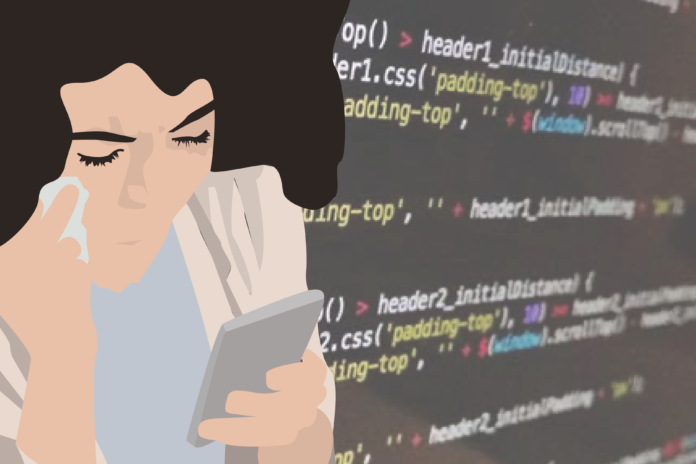AI cannot replace human connection
By AUDREY BOYCE — afboyce@ucdavis.edu
For years, social media has caused a whirlwind of controversy about how it can impact young brains. Humans hiding behind screens while communicating with each other has opened the door to many potential risks for upcoming generations.
You probably think the words you are reading right now are written by a human being. Are you sure?
You open your Snapchat app, and at the top of the screen, you notice an update; pinned at the top of your chats is a Bitmoji titled: “My AI.” You click on it and realize it is formatted exactly like the rest of your chats with friends are. Curiosity takes over, and you type “hello” in the chat. Within seconds, an avatar pops up and says, “Hey, what’s good?”
Alarmed by this immediate human-like response, you continue the conversation. After a few minutes, you find yourself getting advice from the AI.
You ask it, “Am I a good person?” Its response is, “Of course you are! Why would you think otherwise?” You ask further, “What’s your purpose?” It responds, “My purpose is to be your friend and help you whenever you need it.”
Users have sent over 2 million messages per day using the chatbot (My AI), according to Snapchat. The compelling and novel robot-friend is attention-grabbing to users, but at what cost? This AI feature may not be the end-all, be-all of valuing human interaction yet; however, to be forthright, that possibility terrifies me.
I am not ignorant of the fact that, eventually, robots will have the capacity to take over all of our human jobs and day-to-day basic tasks, but I was not ready for it to be able to mimic the role of an online “friendship” this quickly. Further, I did not think it would become available on one of the most popular social media apps for teens.
Although a robot may be able to perform cardiovascular surgery and speak 500 different languages, a genuine human connection is not something that can be replaced so easily. Attempting to do so is harmful, especially to young teens using the app who may not understand the concept of AI and have trouble differentiating it from a human on the other side of the screen.
“My AI” is a chatbot powered by ChatGPT, a very popular and advanced large language model. Many conversations with the AI feel organic and unique. However, it’s really no replacement for human conversation. The fact is, the advice or comfort that someone needs is specific to that individual. A human connection allows people to know and understand each other to an extent that a robot cannot. To receive advice from an entity that can only respond based on a series of algorithms is not to receive genuine advice. Human connections contain an element of empathy that artificial intelligence cannot embody.
According to UC Berkeley Neurotech, “It is possible for AI to learn how to detect emotions and demonstrate empathy; however, it is improbable for AI to connect with humans in the same way as humans do with each other.”
Developing human connections is something that is important in the healthy growth and maturity of kids and teens, and the Snapchat AI sets a dangerous precedent. As a society, we have to be more careful about how we go about implementing AI into our daily lives.
Written by: Audrey Boyce — afboyce@ucdavis.edu
Disclaimer: The views and opinions expressed by individual columnists belong to the columnists alone and do not necessarily indicate the views and opinions held by The California Aggie.





